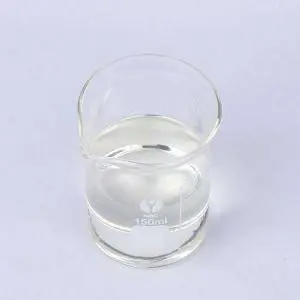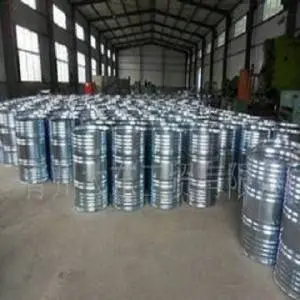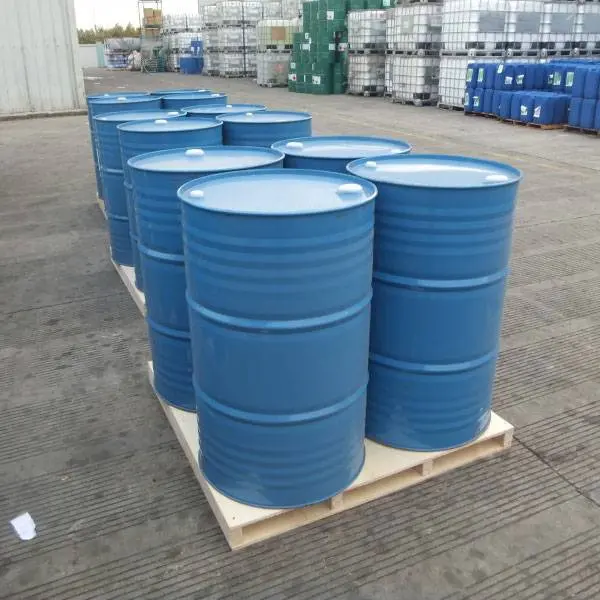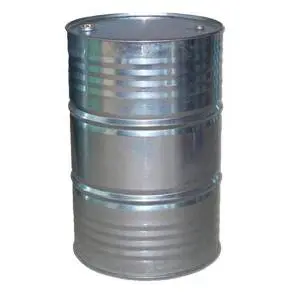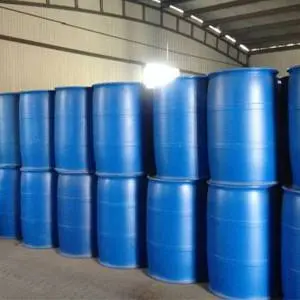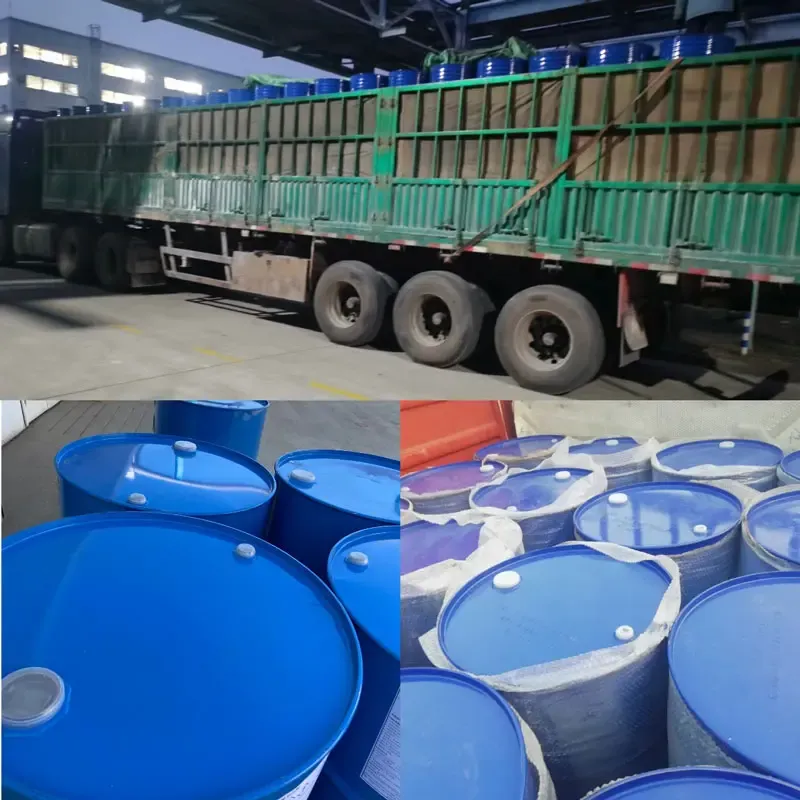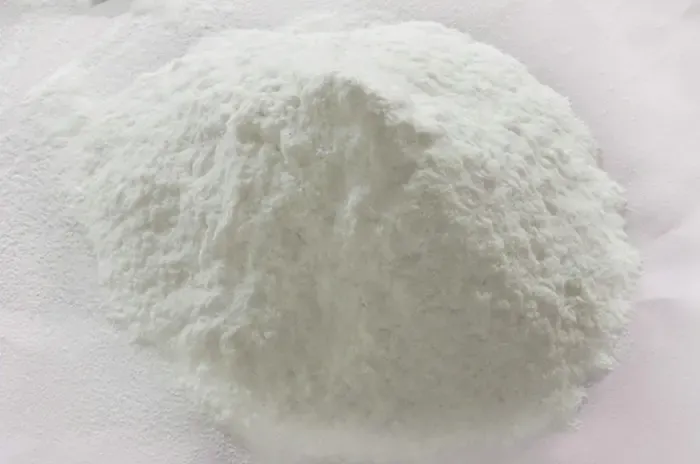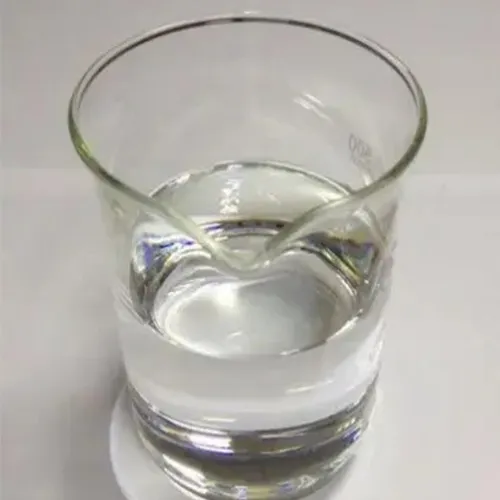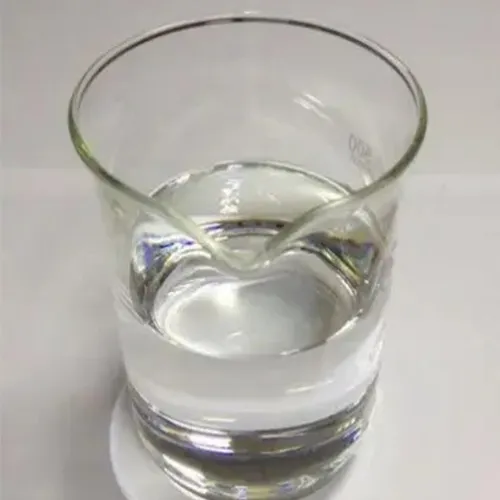Triethylenediamine Uses: Industrial Benefits, Applications & Innovations
Triethylenediamine Uses: Why They Matter in Today’s Industrial Landscape
Triethylenediamine (also known as TEDA or DABCO) might not be a household name, but it’s a true unsung hero across a range of industries worldwide. From chemical manufacturing to pharmaceuticals and even in polymer production, understanding triethylenediamine uses unlocks a gateway into global economic activity and sustainability efforts.
Why should you care? Well, triethylenediamine is a vital catalyst and building block that ensures products meet the quality, efficiency, and environmental standards demanded today. Plus, these applications touch everything from car parts to medical devices — making it a must-know for engineers, chemists, and procurement specialists alike.
Mini takeaway: Triethylenediamine is a linchpin in making a variety of industrial and consumer goods — and mastering its uses means tapping into robust, eco-conscious production processes.
The Global Context: Why Triethylenediamine Uses Hold Worldwide Significance
On the global stage, triethylenediamine’s role is tied closely to the rapid expansion of chemical production and polymer industries, especially in Asia, Europe, and North America. According to the International Organization for Standardization (ISO), catalysts like TEDA improve manufacturing efficiency by up to 30%, reducing waste and energy consumption dramatically.
Consider this: with chemical-based products currently valued at over $4 trillion globally (per World Bank) and growing, optimizing any chemical intermediate — including triethylenediamine — has ripple effects on cost savings, sustainability efforts, and product innovation.
Yet the challenge remains: as industries strive to shrink carbon footprints and integrate greener materials, the efficiency and versatility of triethylenediamine come under even more scrutiny. How can this specialty chemical meet evolving demands without sacrificing performance?
Mini takeaway: Triethylenediamine’s uses impact economic scale and environmental sustainability worldwide, spotlighting the urgency for greener, more efficient chemical solutions.
What Are Triethylenediamine Uses, Really?
At its simplest, triethylenediamine is an organic compound primarily serving as a catalyst in many chemical and industrial processes. Think of it as a behind-the-scenes helper, speeding up reactions without itself changing permanently. It often promotes polymerization — where small molecules join to form long chains — which is the base of making plastics, adhesives, and coatings.
Its versatility has made it indispensable in industries producing polyurethane foams (used in furniture, insulation, automotive seats), epoxy curing agents, and specialty pharmaceuticals. Oddly enough, it even finds use in water treatment processes, helping to remove impurities thanks to its chemical reactivity.
In humanitarian contexts, this means the materials made with triethylenediamine find their way into medical equipment and durable goods that support health and safety worldwide.
Mini takeaway: Triethylenediamine acts largely as a chemical catalyst whose uses span polymer production, pharmaceuticals, and environmental applications.
Core Factors Behind Triethylenediamine Uses
1. Catalytic Efficiency
Perhaps the most notable trait, TEDA significantly speeds up chemical reactions such as the curing of polyurethane and epoxies. This boosts productivity and lowers the required energy input, thereby cutting costs and emissions.
2. Versatility
It’s compatible with a range of chemical systems, which means manufacturers can use one compound across multiple product lines, simplifying supply chains.
3. Cost Efficiency
Though priced competitively, its impact on reducing reaction times and waste makes it an economical choice for large-scale production.
4. Safety and Handling
Despite being a potent compound, triethylenediamine has manageable safety profiles compared to more hazardous catalysts, making it easier to meet strict workplace and environmental regulations.
5. Scalability
From bench-scale labs to industrial plants, TEDA’s applications translate well across scales without losing effectiveness.
Mini takeaway: Catalytic prowess, versatility, affordability, and safety are the pillars behind triethylenediamine’s widespread industrial usage.
Real-World Applications: How Triethylenediamine Powers Different Industries
Globally, triethylenediamine sees use in:
- Polyurethane Foam Production: Used in North America and Asia to make rigid and flexible foams for construction insulation, furniture, and refrigeration.
- Coatings and Adhesives Manufacturing: European automotive and aerospace companies rely on TEDA catalysts for durable epoxy coatings.
- Pharmaceuticals: Used as a catalyst or base in drug synthesis, supporting global health initiatives.
- Water Treatment: Municipal water plants in Australia and Latin America use TEDA in advanced chemical formulations to purify water safely.
Anecdotally, a polyurethane foam manufacturer in Germany told me their switch to a TEDA-based catalyst reduced curing times by nearly 25%, letting them meet rising demand post-COVID disruptions faster than competitors.
Mini takeaway: Triethylenediamine’s uses spread wide, providing critical efficiencies and quality in advanced materials manufacturing across continents.
Advantages & Long-Term Values of Triethylenediamine Uses
- Economic Gains: Manufacturers enjoy reduced costs with faster reactions and less waste.
- Sustainability: Lower emissions and energy use resonate with corporate social responsibility goals.
- Reliability: Proven compound with decades of industrial history — no costly surprises in performance.
- Innovation: Supports development of next-gen polymers with enhanced properties.
On a human level, it feels good to know materials touched by triethylenediamine help create safer cars, more comfortable homes, and even life-saving medical gear — all quietly working behind the scenes.
Product Specification Table: Typical Triethylenediamine Characteristics
| Property | Value | Unit |
|---|---|---|
| CAS Number | 112-24-3 | |
| Molecular Weight | 103.17 | g/mol |
| Appearance | Colorless Liquid | |
| Boiling Point | 264 | °C |
| Density | 0.95 | g/cm³ |
| Flash Point | 110 | °C |
Comparing Top Triethylenediamine Vendors
| Vendor | Purity (%) | Typical Delivery Time | Price Range (USD/kg) | Sustainability Certifications |
|---|---|---|---|---|
| Sincere Chemicals | >99.5 | 3-5 business days | 12 - 15 | ISO 14001 |
| Global Chem Corp | >99.0 | 5-7 business days | 10 - 14 | EcoVadis Silver |
| ChemWorks International | >98.8 | 7-10 business days | 11 - 13 | ISO 9001 & REACH Compliant |
Looking Ahead: Innovations and Trends in Triethylenediamine Uses
As industries lean hard into sustainability, triethylenediamine suppliers are experimenting with bio-based feedstocks and greener manufacturing to lower environmental impact. Digital process controls and automation also boost catalyst precision, enhancing product quality while minimizing hazards or waste.
Emerging research also explores combining TEDA with nanomaterials to create smart polymers that respond dynamically to environments — think self-healing car bumpers or lightweight, robust medical implants. Frankly, the future is quite exciting for a molecule many barely notice.
Mini takeaway: Triethylenediamine uses are evolving with green chemistry and digital automation, opening doors to novel, sustainable products worldwide.
Facing Challenges: Problems & Practical Solutions
It’s not all smooth sailing. Handling and storage of triethylenediamine require care due to its corrosive nature and strong odor, which create occupational health concerns. Moreover, source variability and raw material costs can influence supply chain reliability.
Experts suggest integrated safety training, improved ventilation systems, and sourcing from certified vendors to mitigate these risks. Also, ongoing research into alternative catalysts promises to reduce dependency on any single compound without sacrificing performance.
FAQ: Your Top Questions on Triethylenediamine Uses
- Q: What industries benefit the most from triethylenediamine catalysts?
- A: Polyurethane production, coatings, adhesives, and pharmaceutical manufacturing are the primary sectors relying on TEDA for efficient chemical reactions.
- Q: Is triethylenediamine safe to handle in an industrial setting?
- A: Yes, with proper safety protocols including PPE and ventilation, TEDA is manageable compared to more hazardous catalysts, although it requires respect due to corrosiveness.
- Q: How does triethylenediamine contribute to eco-friendly manufacturing?
- A: By accelerating reactions and reducing waste and energy consumption, TEDA helps manufacturers lower their carbon footprints and improve sustainability metrics.
- Q: Can triethylenediamine be sourced sustainably?
- A: Increasingly, vendors offer TEDA produced under ISO 14001 environmental management systems and with REACH compliance, ensuring responsible sourcing.
- Q: Where can I find reliable triethylenediamine suppliers?
- A: Reputable chemical distributors like Sincere Chemicals provide high-purity, certified TEDA with dependable supply and technical support.
Final Thoughts: Why Understanding Triethylenediamine Uses Is Still Vital
In a world where efficiency, sustainability, and innovation are paramount, triethylenediamine sits at an interesting crossroads. It supports industries that shape modern life, quietly advancing products from comfy sofas to safe drinking water.
If you’re part of the chemical supply chain, manufacturing, or product design, having a grounded knowledge of triethylenediamine uses not only improves operational decisions but positions you to ride the wave of next-gen green chemistry.
Curious to explore more? Visit https://www.sincerechemicals.com for detailed product info, technical support, and sustainable chemical solutions designed for the future.
Until next time, keep your curiosity active — sometimes the smallest molecules hold some of the biggest secrets.
References
Post time: Nov . 18, 2025 15:30





